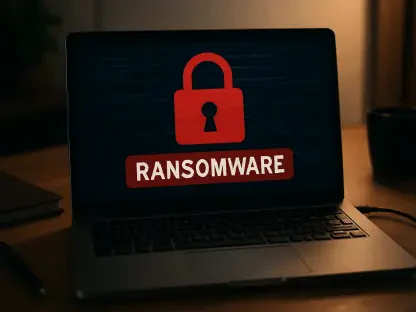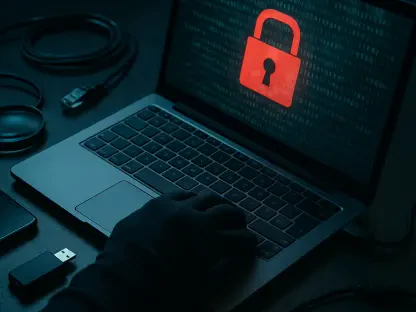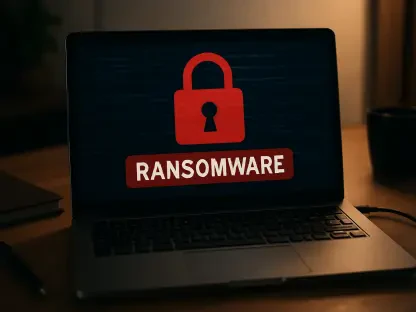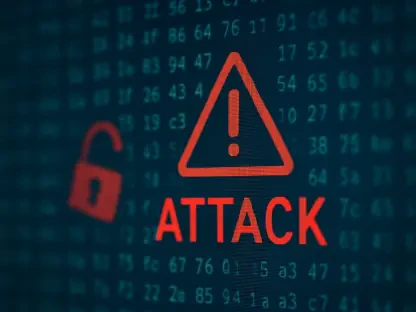In April, Fall River Public Schools faced a serious cybersecurity breach that compromised their internal internet systems, significantly affecting the educational environment for both students and faculty. The event highlighted the vulnerabilities inherent in modern dependence on digital networks, prompting discussions on improving security measures and adopting strategies to continue education even without internet connectivity. The incident left Fall River without access to their wireless network, impacting learning sessions and administrative functionality, including access to printers, student Chromebooks, and staff emails. Under the direction of Superintendent Dr. Tracy Curley, the district undertook swift recovery efforts, reinstating full internet access and gradually restoring normal operations. Such incidents prompt reflection on the critical balance between technology dependency and resilient contingency planning.
Navigating Challenges in Education
Technology Dependence and Contingency Measures
The fallout from the cyberattack underscored Fall River Public Schools’ reliance on technology in educational settings, a broader issue facing many institutions globally. School Committee member Collin Dias expressed the need for enhanced preparedness for similar situations in the future. Highlighting society’s pervasive dependence on technology, Dias proposed incorporating traditional teaching methods into curricula as part of an effective contingency strategy. This approach calls for integrating “pen and paper” techniques to ensure educational continuity, providing educators with practical alternatives during digital connectivity disruptions. By emphasizing analog methods alongside digital tools, educational systems may develop a dual-path strategy, ensuring learning remains uninterrupted amidst technological setbacks.
Academic Impact and Adjustments
The cyberattack notably impacted the schedule for the Massachusetts Comprehensive Assessment System (MCAS), delaying testing by a day. Extensions were later provided to accommodate the disruption, illustrating the necessary flexibility in educational processes when unforeseeable events occur. This incident serves as a reminder of the importance of agility and adaptability within academic systems, which must balance rigorous testing protocols with the demands of unexpected challenges. Schools striving for excellence must recognize the value in robust planning and resource allocation to swiftly respond to crises. Proactive measures, including investments in technology infrastructure and revision of existing protocols, empower schools to weather unexpected storms, ensuring minimal impact on academic timelines and student performance.
Response and Resilience
Managing Cybersecurity Threats
Despite vague details surrounding the cyberattack’s nature, Superintendent Curley has reassured stakeholders that no evidence exists of misuse of personal data. However, the incident aligns with a growing trend of ransomware attacks targeting educational institutions and local governments, highlighting the increased urgency for robust cybersecurity measures. Fall River engaged third-party cybersecurity professionals and law enforcement to address the breach, illustrating the integration of external expertise and legal processes in managing such threats. This proactive stance also exemplifies the necessity for schools to possess comprehensive insurance coverage to mitigate financial consequences of cyber intrusions. Yet, the district’s management without insurance coverage speaks to the broader financial implications public institutions face in the wake of cyber threats.
Strengthening Security Frameworks
The overarching consensus among stakeholders reflects an emphatic call for educational institutions to bolster defenses against cyber threats, reflecting their mounting frequency and severe impact. Efforts to reinforce security measures involve strategic evaluations of existing systems, with the objective of identifying vulnerabilities and implementing robust protection protocols. By prioritizing cybersecurity preparedness, institutions not only safeguard sensitive data but ensure uninterrupted educational delivery and administrative functionality. Through a nuanced understanding of digital security landscapes, schools can adapt proactively, enhancing resilience against potential cyber incidents. Administrative diligence ensures that educational institutions, despite the digital age’s challenges, can navigate the delicate balance between technological advancement and security imperatives.
Lessons Learned and Moving Forward
Following this incident, Fall River Public Schools processed numerous improvement strategies promising fortified cybersecurity, indicative of broader shifts within educational environments. As schools continue to thrive in an increasingly digital-centric era, it becomes essential to weave security protocols seamlessly into daily operations and long-term planning. The Fall River cyberattack serves as a learning opportunity, urging educational bodies to reevaluate their security infrastructures, embrace contingency strategies, and harness expert partnerships. In aligning institutional priorities with evolving technological trends, schools can mitigate future disruptions and safeguard essential educational services, ultimately ensuring uninterrupted pathways to learning in a technologically interconnected world. This commitment extends beyond reactionary measures, fostering proactive environments committed to resilience, innovation, and security excellence.









